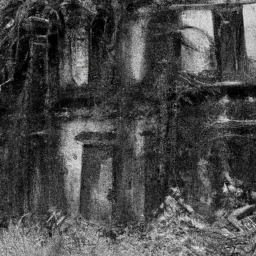In the late 1960s and early 1970s, the war in Vietnam spilled over into neighboring Cambodia, complicating the political landscape and leading to devastating consequences for the Cambodian people. The Khmer Rouge, a communist party led by Pol Pot, took advantage of the chaos and unrest to seize power in Cambodia in 1975.
Once in control, the Khmer Rouge wasted no time in implementing their radical vision for a new society. They immediately began persecuting political enemies, intellectuals, and anyone they deemed a threat to their regime. Mass arrests, torture, and executions became commonplace as the Khmer Rouge sought to eliminate any opposition to their rule.
Educated Cambodians, in particular, were targeted by the Khmer Rouge. Teachers, doctors, lawyers, and other professionals were seen as a threat to the regime's ideology and were systematically purged from society. This decimation of the educated class had devastating consequences for Cambodia, leading to a breakdown in essential services and infrastructure.
As the atrocities committed by the Khmer Rouge escalated, some Cambodians began to resist. A group of educated individuals attempted to overthrow the Khmer Rouge government in a desperate bid to end the bloodshed. However, their efforts were met with brutal repression, further fueling the cycle of violence and persecution in Cambodia.
The Khmer Rouge's reeducation camps were meant to indoctrinate and "reform" those deemed enemies of the regime. However, these camps quickly devolved into sites of torture, forced labor, and mass killings. The failure of the reeducation camps only served to exacerbate the violence and suffering experienced by the Cambodian people.
Massacres and atrocities continued to mount as the Khmer Rouge clung to power. The regime's brutal tactics and policies resulted in the deaths of an estimated 1.7 million people, nearly a quarter of Cambodia's population at the time. The genocide perpetrated by the Khmer Rouge remains one of the darkest chapters in Cambodian history.
In the face of such horrific violence, the international community was slow to respond. Political considerations and Cold War tensions played a role in shaping the response to the crisis in Cambodia. It was not until the late 1970s, when the extent of the atrocities became impossible to ignore, that the world began to take action to address the genocide.
The legacy of the genocide in Cambodia continues to impact the country to this day. The scars left by the Khmer Rouge's reign of terror are still visible in Cambodian society, affecting generations of survivors and their descendants. Remembering the tragic path to genocide in Cambodia serves as a solemn reminder of the consequences of unchecked political extremism and violence.
